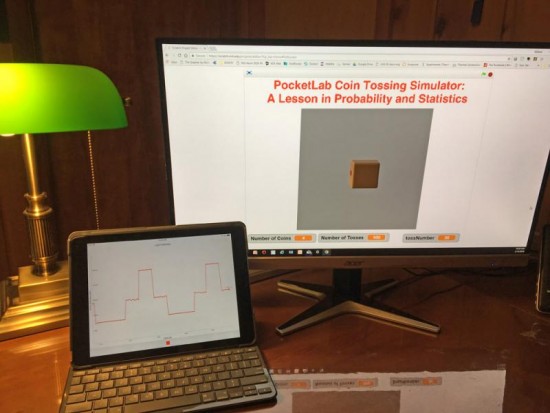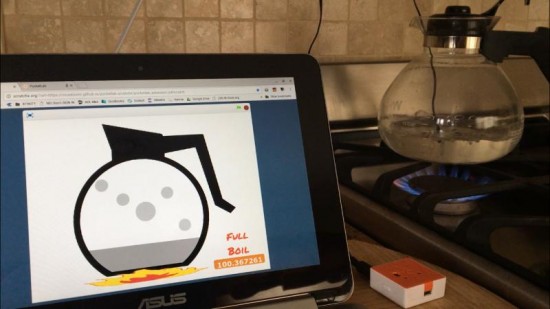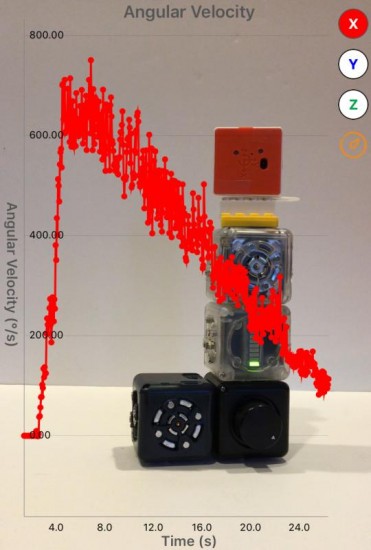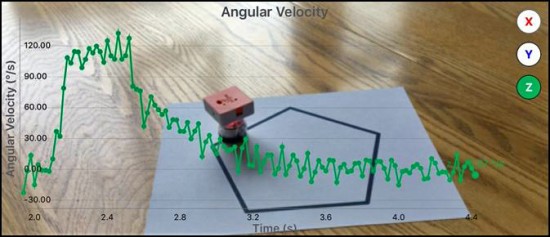A Lesson in Probability and Statistics: Voyager/Scratch Coin Tossing Simulation
This lesson introduces students to a variety of probability and statistics concepts using PocketLab Voyager and Scratch—ScratchX is not required. The Scratch program simulates tossing any number of coins any number of times, displaying the number of heads in each toss with a square having varying shades of grey—black for zero heads and white for the maximum possible number of heads in each toss. The simulated coins are tossed once each second with Voyager’s light sensor recording the results for each toss.










